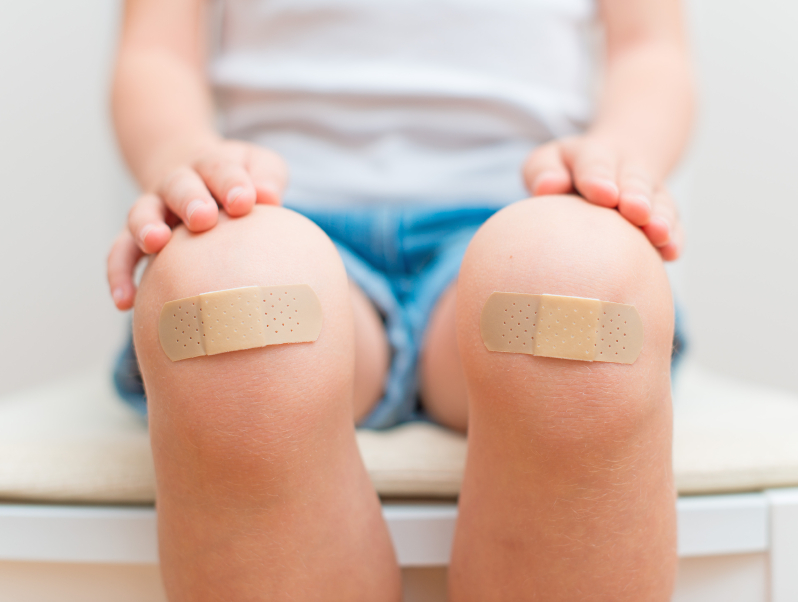 How you care for a wound immediately after it occurs and over the several days that follow can make a significant difference in how well it heals. Proper wound care can help prevent both scarring and infection. Following are some helpful tips on how NOT to treat a wound.
How you care for a wound immediately after it occurs and over the several days that follow can make a significant difference in how well it heals. Proper wound care can help prevent both scarring and infection. Following are some helpful tips on how NOT to treat a wound.
- Don’t just “let it go.” This often happens with kids. They’re outside playing, get a scrape, and just keep going because they don’t want to stop the fun. Immediate attention to a wound is important, as even a minor one can become infected if bacteria are allowed to accumulate, says WebMD.
- Don’t just wash it with water and forget about it. While you should gently rinse a wound site with warm water to get all the dirt and grit out, that’s only half the battle. If you are unable to wash out all debris, try sterilized tweezers to get the rest. If that doesn’t do the trick, you really should visit a doctor.
- Don’t assume a cut won’t scar. Deep wounds and those with jagged edges are more prone to result in scars. Having these wounds stitched by doctor may lessen the amount of scarring that occurs. The same is true for injuries that involve a puncture from a nail or other pointed object. Note it is also important to ensure you are up to date on your tetanus vaccination if you incur a wound from a rusty nail, etc.
- Don’t pour hydrogen peroxide or iodine on a wound, which will just serve to irritate it. Instead, apply antibiotic ointment and cover the entire area with a sterile bandage.
- Don’t forget to change bandages regularly. Remove them for baths and showers, then re-apply ointment and use a fresh bandage. An old, dirty bandage can cause just as much harm as not covering the wound at all, possibly allowing for the introduction of infection causing bacteria.
- Don’t let the wound air dry during the first day or two, as this can expose it to harmful bacteria. It’s best to keep it covered, at least until bleeding stops completely and the skin starts to heal.
- Don’t use fancy antiseptics to clean a wound. Simple soap and warm water will do. If bleeding won’t stop or the wound reopens frequently, see a doctor.
- Don’t forget to check wounds regularly. Redness, inflammation, streaks or puss are all possible signs of infection. In such cases, professional medical attention is advised.
- Don’t neglect to consider the long term affects a wound may have, such as scarring. To prevent or treat scars, use a silicone scar gel such as Scarfade Scar Gel.
